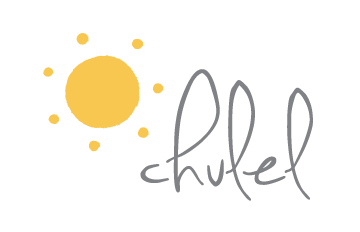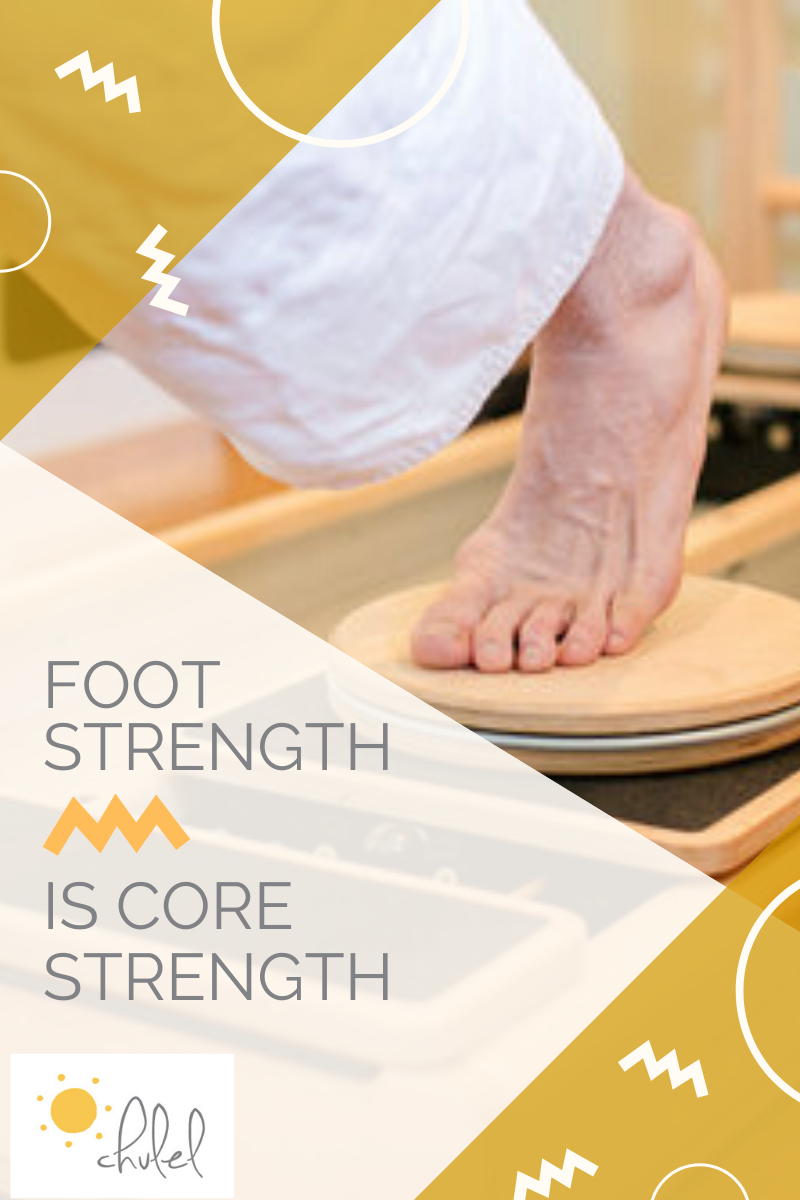2016 began with me seeking one thing in my life, joy. It had been a while since I felt not just happiness, but that deep, all-encompassing joy. It has been a crazy year as I have tried to shed some (as many as I could identify day-to-day) of the behavioral patterns and belief systems that stand in the way of joy and embrace a new 'me'. Without joy life seems less alive and there's a youthful vigor to people who have it. So when my friend, Lynn Chang of Career Zen, asked me to join her book club and read the Book of Joy, I was super curious to read and discuss what these wise men had to say about it.
Reading this book turned out to be really intense for me because over the course of this year I have trodded through and traversed pretty much every pillar. Still in the midst of this transformation, I'm not yet in a place to be articulate or provide much perspective...I just sense that I'm acting differently in my life and reacting less. At some points in my reading, I wanted to yell hell yes and there were other points where this book gave me a roadmap of some places I have yet to explore and grow. I suppose there's always 2017...
The Book of Joy is based on five days of conversations between the Dalai Lama and Desmond Tutu about how to have joy, and all of the things in life that can come in the way of it. They offer 8 Pillars of Joy, 4 of the mind and 4 of the heart, to serve as a basic structure. I'll briefly introduce these pillars and give one of my favorite take-aways about each.
Pillars of the Mind
Perspective-How we see the world is how we experience it and therefore how we interact with it. If we're able to shift our perspective, we can more easily come to a creative solution by identifying where another person is coming from. I believe we realize this cognitively as adults, but this can be hard when you feel so strongly about something that it can lead to conflict with a loved one. There have been many conversations this year where I've had to step outside of myself and shift my perspective to maintain an open mind to not just react out of self-defense.
Humility-Once we have perspective, we realize that we can't control anything and that we're all in this thing together. This inherently gives us a sense of humility in that we are all vulnerable, and we will all be dependent upon others in birth and death. I've spent this year saying I don't know with greater frequency. I never expected to encounter some of the things life has put in my path the last few years and those experiences have humbled me immensely. Both because I recognize I don't have control and that there's rarely a single, correct answer on a solution.
Humor-This has been my greatest lesson this year! I found a much deeper sense of humor because half of the time I had no idea what the hell was going on or what to do about it. A case of the giggles would ensue. Turns out humor and humility have the same root word, humus, or dirt. New lessons this year as well on how having a sense of humor will keep you grounded. Boom!
Acceptance-Once we have perspective and a sense of humor that we are not in control, we can accept these things and begin to see how something positive can grow out of something seemingly negative. I ask my clients to see their pain in this way. Rather than being angry at your body and othering your physical self, what is this pain showing and teaching you? A deeper sense of mindfulness can then help alleviate some of the pain if not most of it.
Pillars of the Heart
Forgiveness-Given that these two men have experienced and seen much oppression, they were clear that one can forgive while seeking justice. In forgiveness we can take back our own feelings and liberate ourselves. This is another piece I see a lot in peoples' bodies. When we have chronic body tightness and stiffness, we're lacking space. I believe that lack of forgiveness, often for ourselves, underscores this and that by letting go we reclaim our bodies and free up previously closed off spaces.
Gratitude-The brain naturally tends to focus on the negative or what isn't right. This goes back to body pain as well. Daily, I witness people get better and when I ask how their plantar fasciitis is, for example, they have forgotten that that is why they initially came to see me. When we forgive, we experience more gratefulness in the present moment. I've started writing 1-2 things I'm grateful for every morning and it's incredible how quickly I feel my disposition shift for the day.
Compassion-If there was one thing on this list I would have checked off before this year, it would have been this one. I've spent my career(s) helping people and I love doing it, so that means I have compassion, right? In the epic unfolding of my life this year, I learned to actually love myself for the first time in my life. It was then I realized I didn't truly truly understand compassion. How can we show compassion for others if we're so caught up in criticising ourselves? In some way that self-judgement transfers into how we treat others and perceive what life brings. Life has taught me to be softer, more compassionate towards myself and others this year. Turns out compassion is contagious according to new research, it has a ripple effect from 2-4 degrees of separation. What if we made a conscious effort to do this beyond the holidays? What would the world/your community look like?
Generosity-This one is hard to distinguish from compassion. Essentially, if we have a sense of purpose we can use those qualities to give to others, which in turn, gives us joy. :)
As you wrap up 2016 and reflect on your year, I highly recommend this book as a mental health check-in of ways and areas to integrate more joy and light into your life. Sending love and joy to you in 2017 and beyond!









